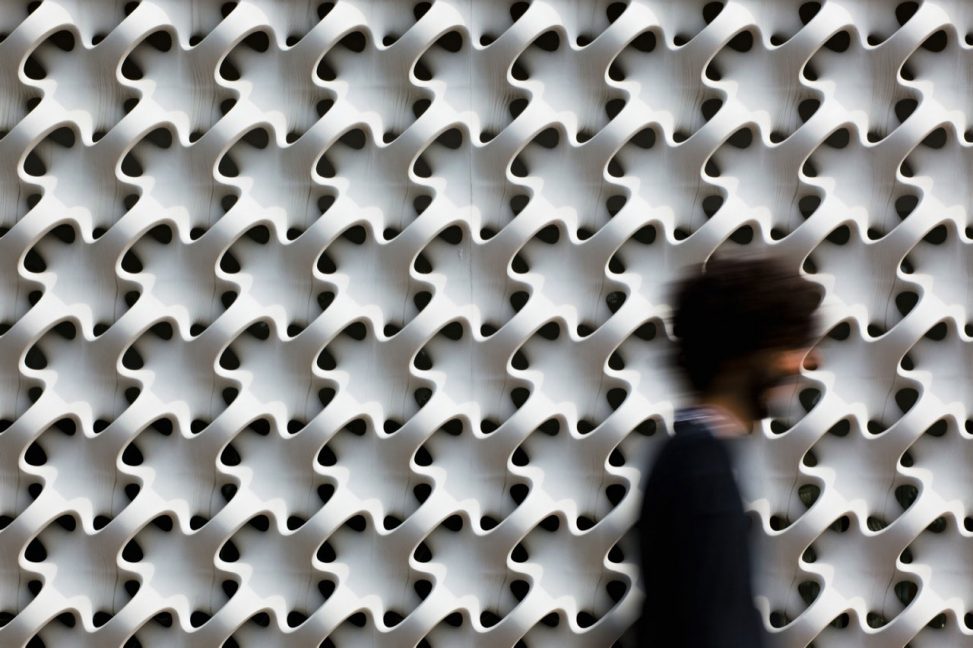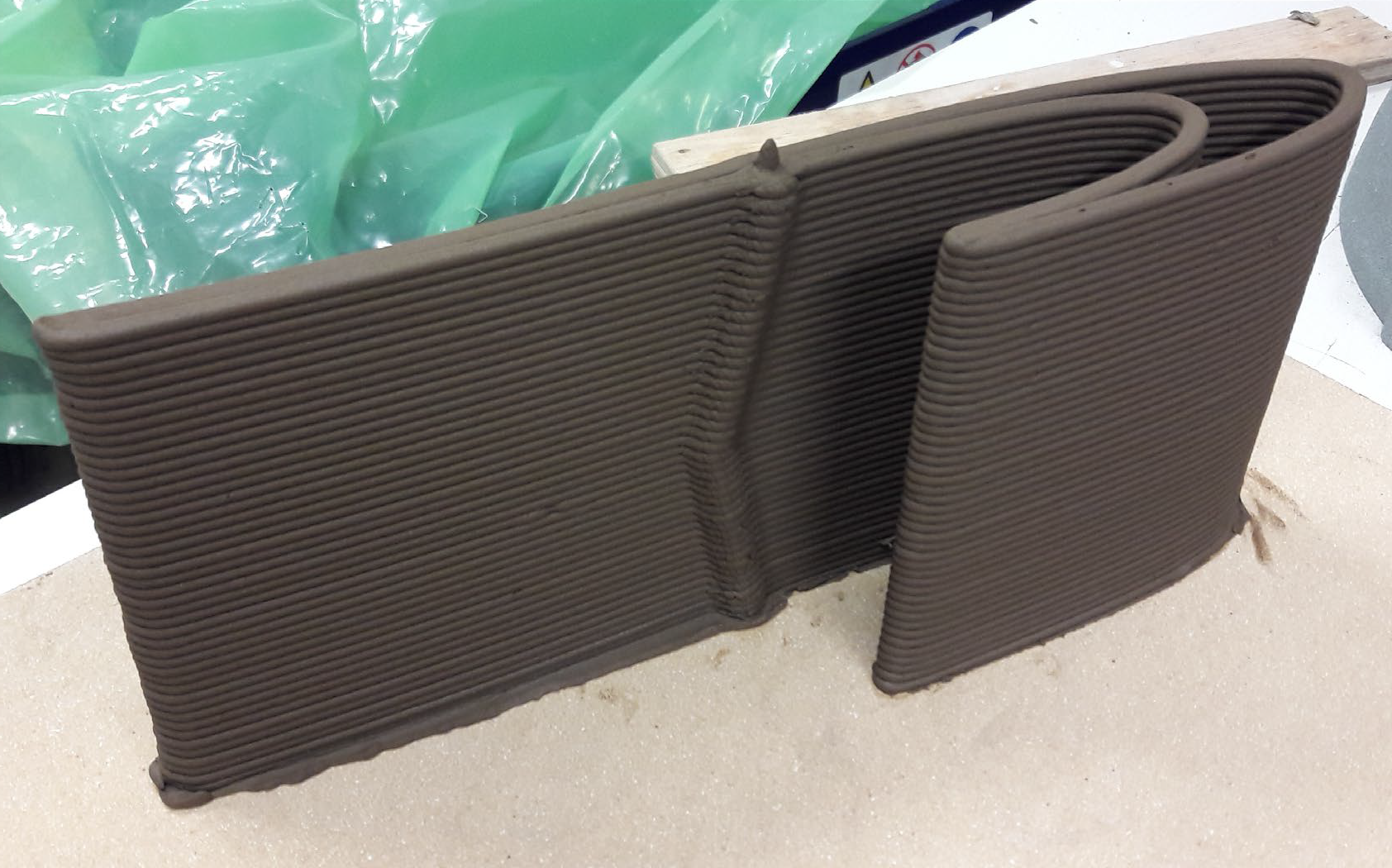(header image: Cobogó House by Studio mk27, Marcio Kogan)
Performative Porosity is the title of a two-part workshop for architecture and engineering students I taught at the University of São Paulo, together with Prof. Dr. Benjamin Dillenburger, Digital Building Technologies. The first part took place in November 2019, and the second part in March 2020 was transferred to videoconferencing due to the COVID-19 pandemic. The International Energy Agency IEA reports that “Cooling energy use in buildings has doubled since 2000, making it the fastest growing end-use in buildings, led by a combination of warmer temperatures and increased activity. […] Without action to address energy efficiency, energy demand for space cooling will more than triple by 2050 – consuming as much electricity as all of China and India today.” (source: IEA) In the face of this pressing issue, it is indispensable for architects to design building envelopes as performant as possible through passive smart geometry, known to many cultures for a long time but on the verge of being forgotten.
The assignment consists of two stages. For the first part of the workshop, the focus was on the development of a single façade component that acts as a selective filter for views, precipitation, or direct sun radiation in a smart way through its highly bespoke geometry – a modern interpretation of the Brazilian Cobogó. The second part of the workshop focused on the assembly of a whole family of these parametric components to an entire building envelope, where each element is custom-tailored to its geographic location, orientation, and position in the ensemble.
Many of the students had no prior experience in computational design with the visual programming framework Grasshopper. Besides a general introduction to parametric design, a particular emphasis is on the principles of volumetric modeling with Axolotl and its potential to generate the intricate geometry of multifunctional façade elements. The workshop is a very enriching experience as the students’ ideas reflect a different building culture, from a climate zone where the building envelope has to fulfill different functions than in Switzerland.
Team: Prof. Vanderley M. John, Diana Csillag, Rafael Pileggi (USP), Benjamin Dillenburger, Mathias Bernhard (ETH Zurich)




